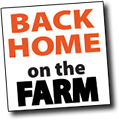Water Those ‘Maters!

You’ve planted your tomatoes and are eagerly waiting to see them grow so you can add them to salads, burgers, and other tasty dishes. To ensure you get the best fruit, follow these tomato watering tips.
In the Garden
Early in the growing season, you’ll want to water your tomato plants early in the morning. As the summer temperatures increase, you may want to water your plants twice a day. Tomatoes planted in the garden generally need 1 – 2 inches of water a week.
In Containers
Tomatoes that are planted in containers need more than those planted in the garden. Water evaporates a lot faster in containers as the soil heats up. A good rule of thumb for container tomatoes is to water them until water comes out of the bottom of the pot. As with garden tomatoes, it’s better to water the plants early in the morning. If the soil feels dry about an inch below the surface, water that bad boy again.
Mulch It Up
Adding a layer of organic mulch can also help reduce evaporation. This will keep the water where it’s needed which is keeping your maters nice and hydrated.
Visit our blog for some more plant tips and tricks!
Tip Top Tomatoes
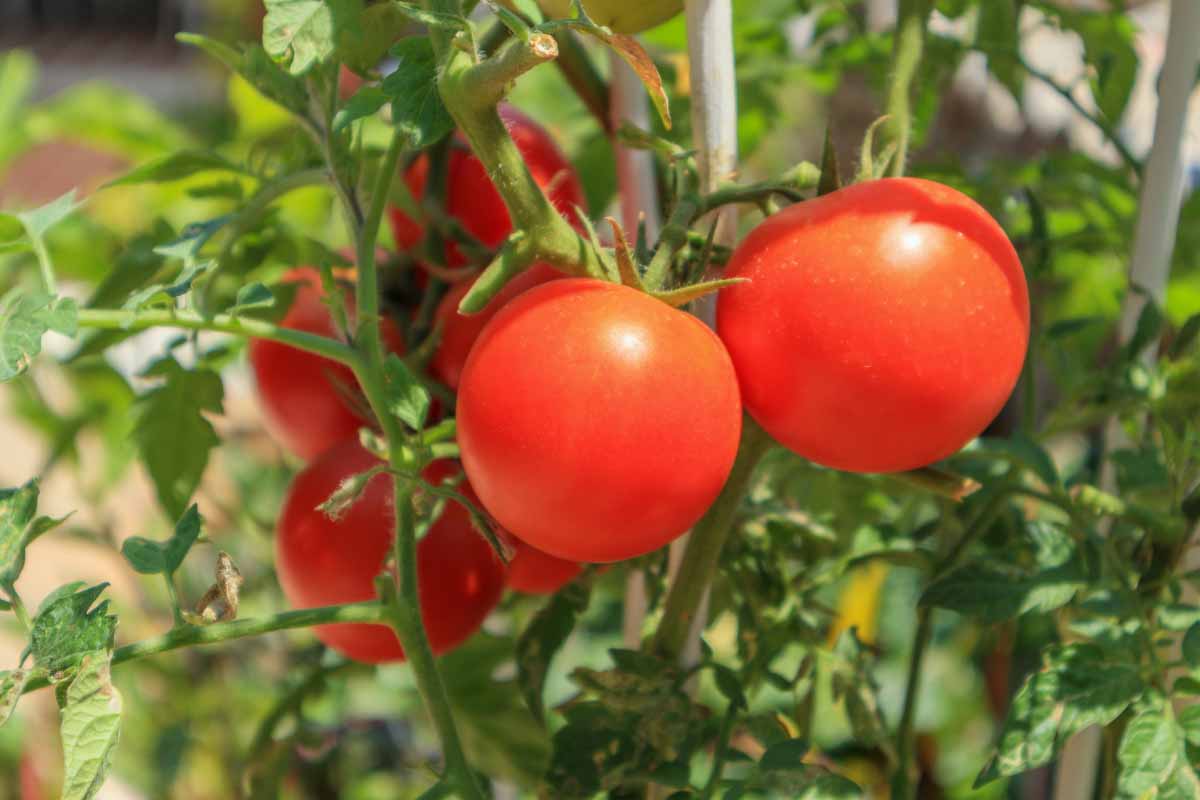
Tomatoes are a vegetable garden staple. Grow gloriously red and ripe tomatoes this summer by following these tips!
Loads of Sun
Plant your maters in the sunniest spot in your garden. Tomatoes soak up loads up sunshine and need about seven hours of the stuff each day. When planting multiple plants, space the plants about 48 inches apart to allow light to reach the lower part of your plants. This will also improve air flow.
Rich Soil
Tomatoes dig rich, well-draining soil that is slightly acidic. Aim for a pH of 6.5 to 6.8. You can either use a soil tester at home or bring in a sample to your local garden center for a test. If you’ve got too much acidity, you can add dolomite lime. If the test results show that you have too much alkaline, you can add a little organic compost to your soil.
Bug Off Buddies
Placing companion plants like basil, onions, and garlic with your tomatoes can help ward off crop-damaging pets like nematodes. Moles also hate the pungent plant so…win-win.
Water and Mulch
Tomatoes need about an inch of water a week. To help keep the moisture from evaporating in the summer heat, spread a layer of mulch (shredded bark, grass clippings, etc.) on top of your soil.
So Long Suckers!
To keep your tomato plant’s energy focused on growing fruit, you’ll need to prune off the suckers. Suckers are the little leaves that shoot out from the main stem. This will help promote air circulation and reduce the chance of diseases.
We’ve got loads of lovely tomato plants at the Greenhouse. Stop on by and pick up a few!
Watering Your Fern
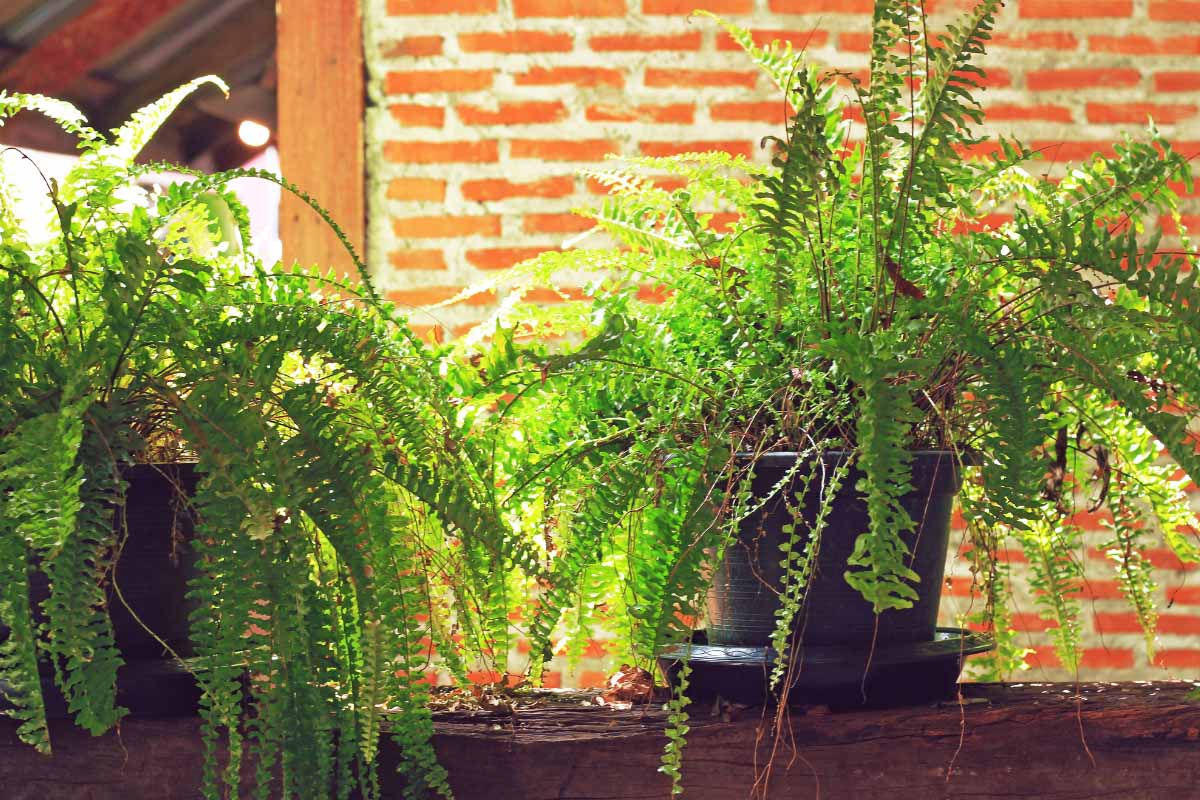
We love ferns here at the Greenhouse! Their full, lush fronds can be beautiful options for hanging plants or for planting in shady areas of your garden. In addition to lots of shade and indirect sunlight, ferns needs tons of moisture. Here are a few ways you can keep your fern’s conditions moist.
Double Potting
Select a second pot slightly larger than the container your fern is potted in. Fill the larger container with water-soaked moss and place your second pot inside. Cover the fern-filled pot’s soil and rim with wet moss. Add water to the moss every few days.
Water Tray
To create a humid environment for your fern, fill a tray with pebbles and add water until the water is just below the top of the pebbles. Place your potted fern in the tray. As the water in the tray evaporates, it will add moisture to the air around your fern.
Humidifier
Another easy way to keep your fern happy is to place a humidifier by your plant. Simple!
We also recommending misting your fern with room-temperature water on a regular basis. For better results, spray the area above your fern and let the mist settle onto the leaves.
Visit our blog for more great gardening tips!
Grow A Grill Garden
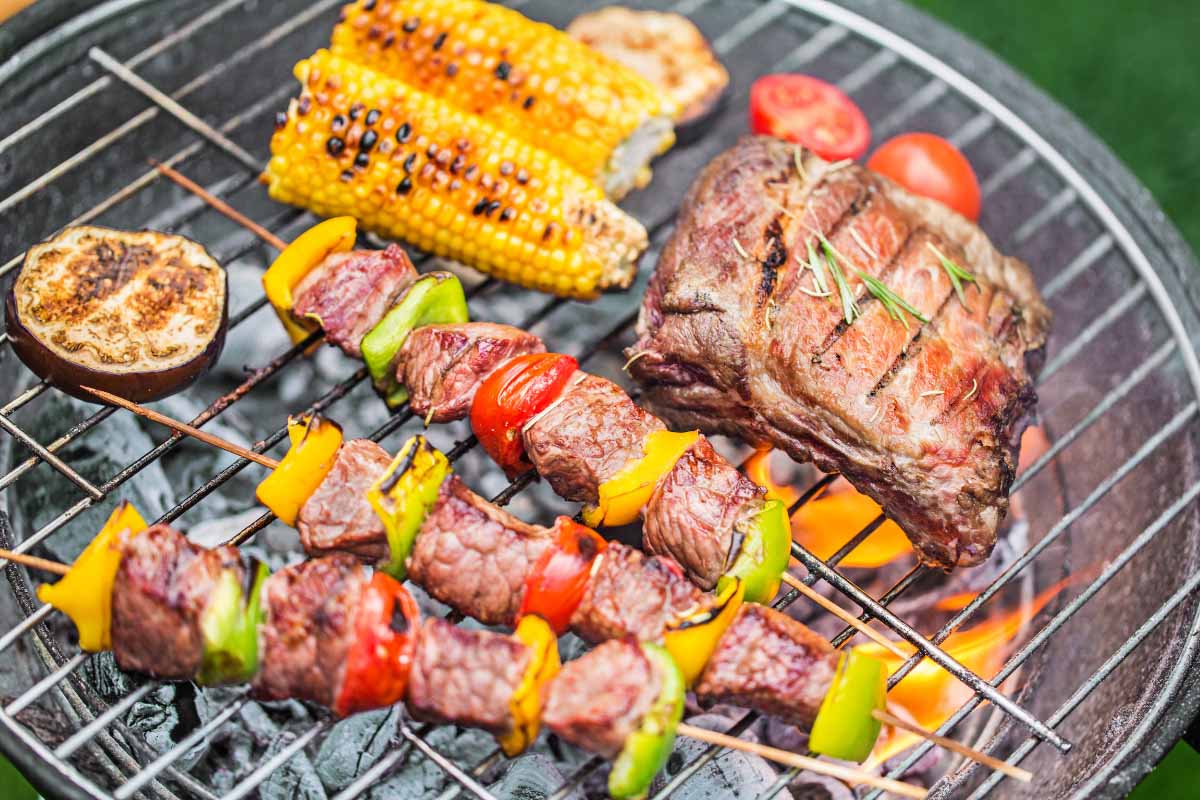
The weather is warm and the sun is out! It’s grillin’ time, folks! Whether you’re grilling shish kabobs or burgers, herbs are key to adding a punch of delicious flavor to your meals. Plant a grill garden and enjoy mouthwatering dishes all summer long. Start with these flavorful herbs!
Thyme is the most versatile herb when it comes to grilling and works great with fish, poultry, and veggies. To successfully grow thyme, plant the herb in well-drained soil in an area that gets a lot of sunlight. Thyme can be planted with our next favorite herb, rosemary.
Rosemary is particularly tasty with chicken. The stalks can be used as tasty skewers for shish kabobs. Just like thyme, rosemary likes well-draining soil and oodles of sunshine. Be sure to give your plants room to grow as rosemary can grow up to four feet high and four feet wide.
Italian oregano is absolutely perfection when paired with veggies! Oregano loves well-draining soil and sunshine. For bushier plants, let your oregano grow to about four inches tall and then pinch or trim them. Regular trimming will increase branching and reduce legginess. When it comes to watering, water thoroughly and less often. If you’re container planting, water until it comes out of the bottom of your planter.
We have a great selection of herbs here at the Greenhouse. Stop by to pick up a few and visit us on Pinterest to try out a few delicious recipes!
Best Perennials For Lazy Gardeners
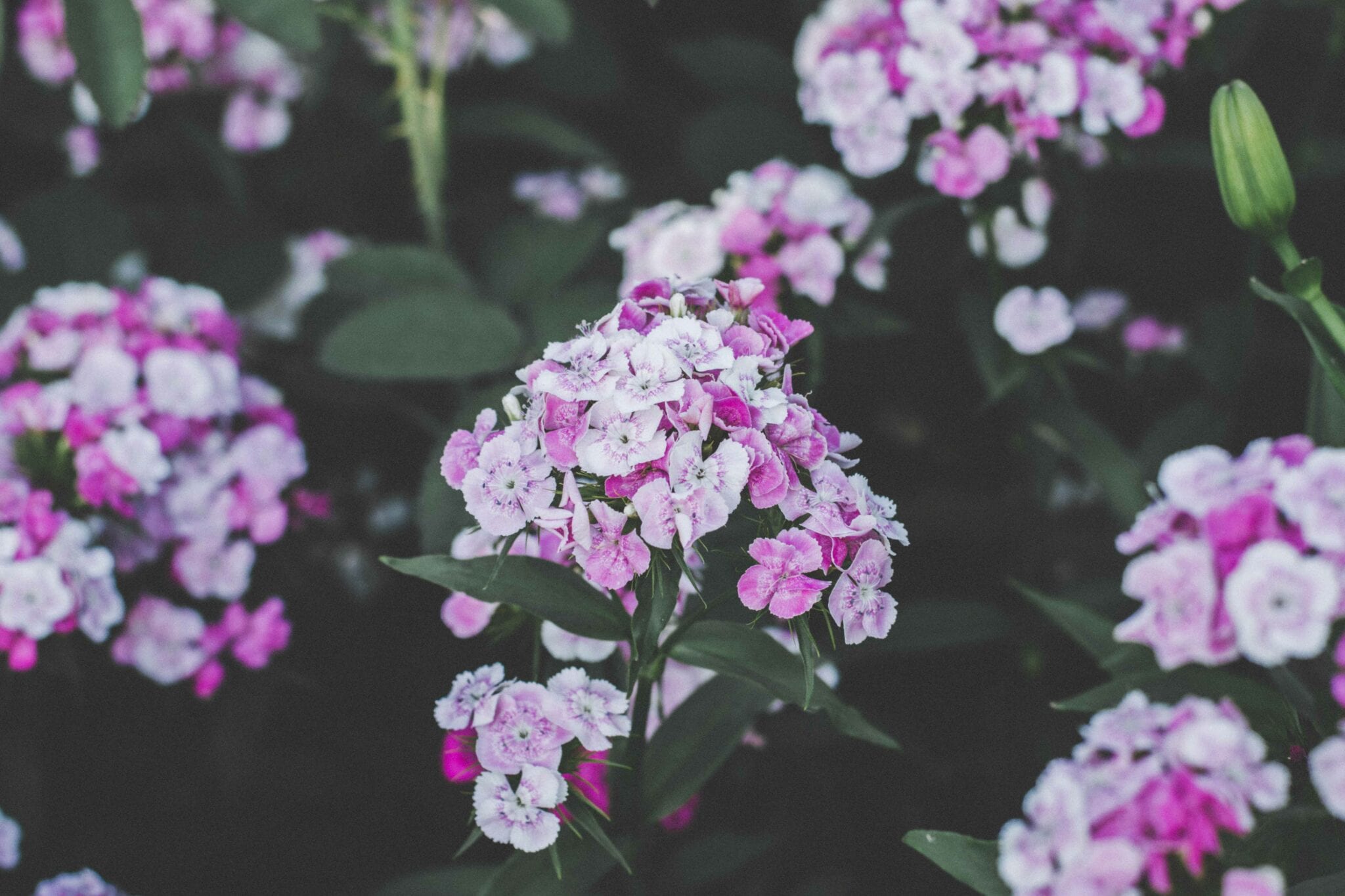
Let’s be real. Not everyone enjoys the digging, kneeling, and rough hands that comes with gardening. However, you have to put in a little elbow grease in order to reap the benefits of all the glorious blooms. If this is you, hardy perennials are your best friends. They bloom every year and will save you time and money. Try these tough-to-kill options!
Obedient Plant
Featuring snapdragon-like flowers, obedient plant is fast-spreading and does well as long as you give it some room to travel as it can grow up to 4 feet tall and wide. It does well in full sun and part shade with moist soil. Pair it with Black-eyed Susans as they both bloom in late Summer thru Fall.
Ajuga
The green, burgundy or bronze ground cover adds a splash of color to your garden from Spring to Fall. Little blue flowers bloom in the Spring. Growing up to 6 inches tall and 3 feet wide, this easy-to-grow plant likes the shade and moist, well-drained soil.
Phlox
Invite bees and butterflies to your garden with this flowery plant. Blooms begin in early Summer and continue their show thru the season. It’s lovely fragrant will waft through the air especially on warm evenings. You can even cut the flowers and bring them inside to freshen up the house. Plant this beautiful bloom in full sun or part shade with moist, well-drained soil.
Not sure what low-maintenance perennials to use in your garden? Visit us at the Greenhouse and our experts will help you out!






